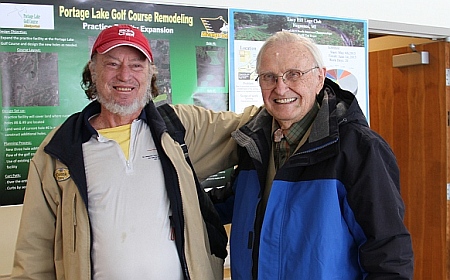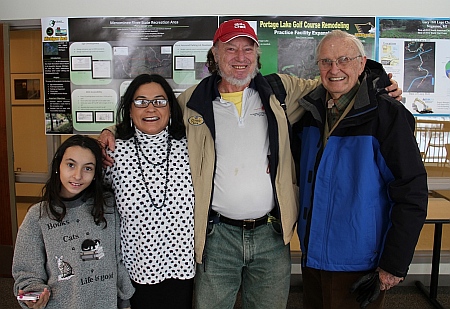 Geological and Mining Engineering Department Lecture:
Geological and Mining Engineering Department Lecture:
Fernando R.M. Pires – UERJ (Rio de Janeiro State University) (PhD MTU, 1979)
“HEMATITE FORMATION – METAMORPHIC, TECTONIC AND HYDROTHERMAL CONTROLS”
Monday – February 16 at 3:00 p.m., 875 Dow Environmental Sciences Bldg. All are welcome!

Abstract:
Quadrilatero Ferrifero (QF) displays an astonishing morphology consisting of high elevation peaks built in itabirite, massive, compact and/or banded laminated hematite, brecciated hematite and also composed of quartzites and itacolomites (flexible quartzite) at Caraça and Itacolomi Peaks in altitudes over 6 000 feet or 3 000m. The origin of the itabirite which presents different compositions exhibits a yellow, fine-grained, very hard and finely disseminated magnetite in a rock similar to the Minnesota taconite, possibly a volcanic origin. Predominant type, the siliceous itabirite is a BIF, a metamorphic rock largely distributed in QF containing numerous hematite bodies. Itabirite is a banded/laminated rock, with Fe-oxides (magnetite and hematite)-quartz-amphiboles and pyroxenes (grunerite, cummingtonite, actinolite-tremolite, riebeckite, aegirine) distributed into grunerite, cummingtonite and actinolite-tremolite zones. Garnet appears at higher grade and hypersthene under the highest metamorphic zone outside QF. Hematite forms concordant bodies displaying different types of structure mostly banded and laminated, schistose, micaceous, foliated formed during sin-metamorphic deformation produced by strong mylonitic process. Microscopic studies demonstrated that the hematite laths are arranged in LPO (lattice preferred orientation) or GSPO (grain shape preferred orientation). Banding/lamination (S0-planes) is deformed in recumbent folds with axial planes (S1) refolded with axial planes (S2) exhibiting sigmoidal structure, coplanar micro-breccia, hematite boudins cemented by hematite, pinch-and-swell, meso- and micro-folded specular hematite and mylonitic texture is common. Blue dust hematite was formed along extremely deformed and squeezed hematite along mylonitic zones. Large masses of isotropic, compact and massive hematite produced by regional hydrothermal process and meso- and micro-brecciated hematite cemented by hematite or quartz represent second or third generation of hematite. “Espelho de macaco” or monkey’s mirror which represents non deformed, perfectly crystallized hematite is found within metric pockets in the itabirite or within pods in BT (brown terrena) associated with quartz, imperial topaz, kaolinite and muscovite. Chemical potential diagrams µH2O-µSiO2 applied to the metamorphic reactions and µH2O-µH+ adapted to the hydrothermal condition, respectively, such as 7 Fe3O4+ 8 SiO2 + H2O = 7 Fe2O3 + Fe7Si8O22(OH)2 representing destabilization of magnetite and 2Fe3O4 + H2O = 3 Fe2O3 + H+, are applied in both metamorphic and hydrothermal situations. Apparently magnetite constitutes a primary phase and tends to succumb. Fluid inclusions in quartz related to hematite and internal process of oxidation in LWR (Light Water Reactors), allowed the preparation of PT-diagrams which indicated 2500C-3000C and 2-4kbar. Under metamorphic conditions of granulite facies hematite is not stable and hypersthene-magnetite pair is common.
